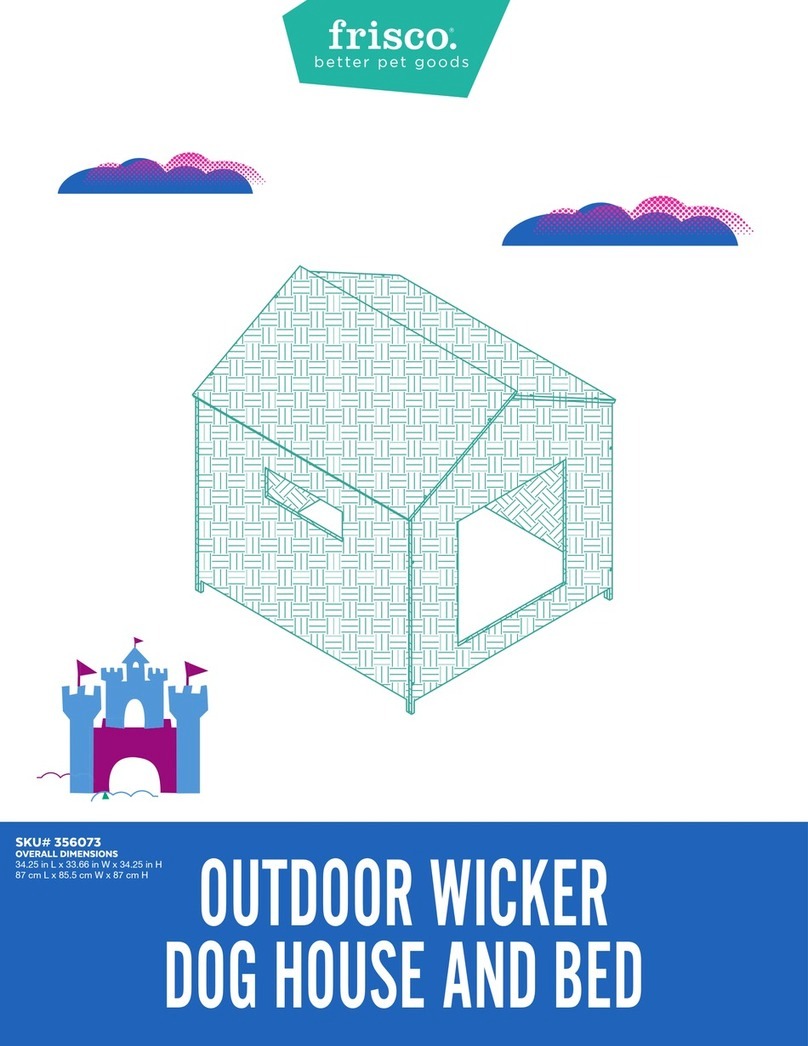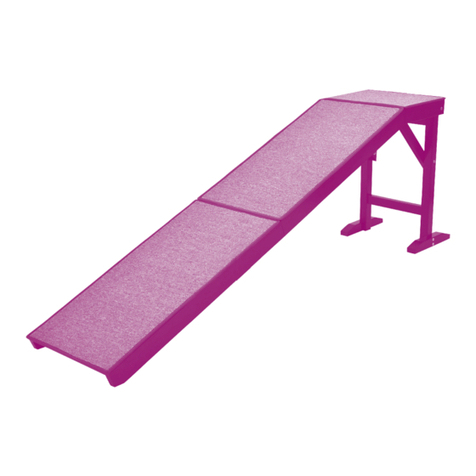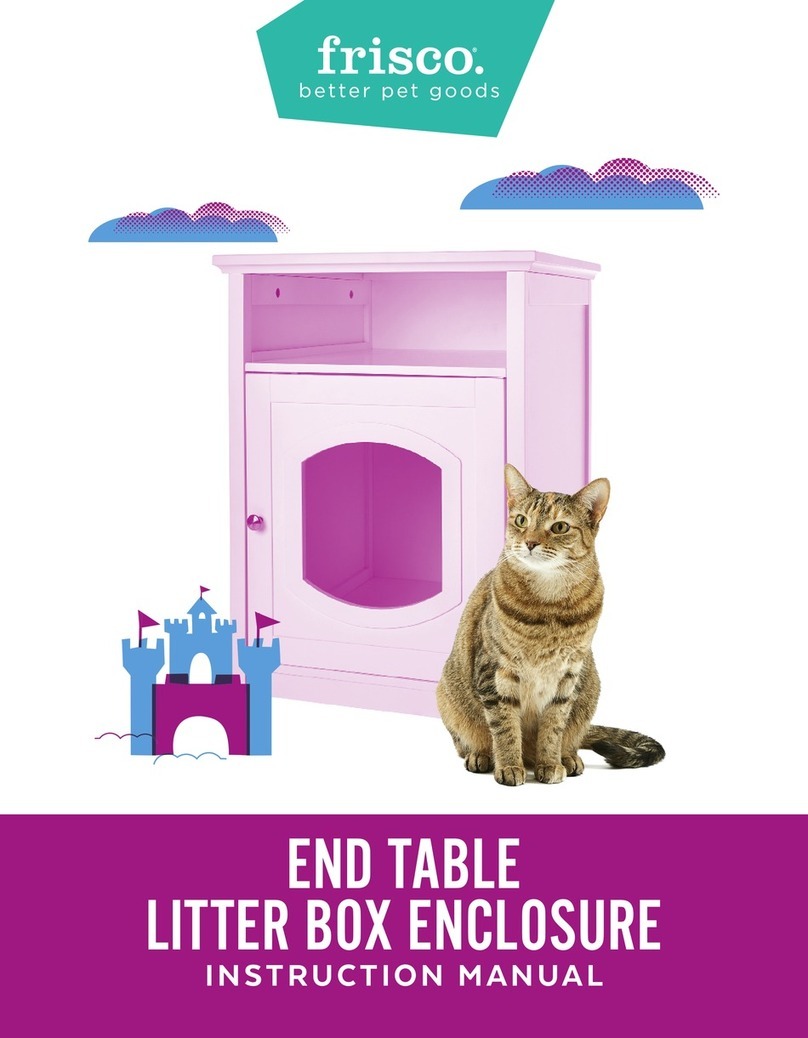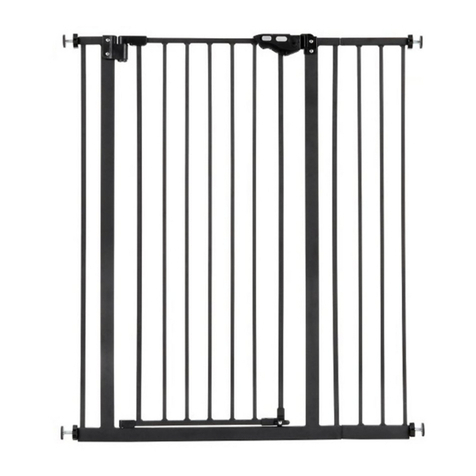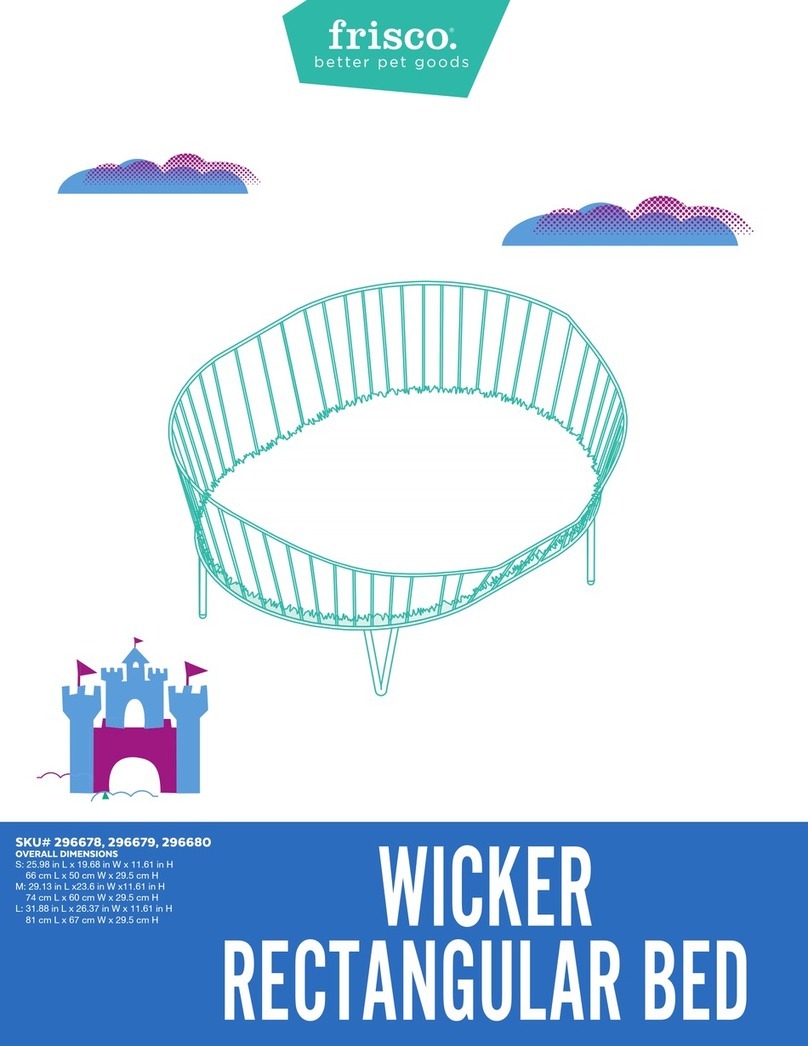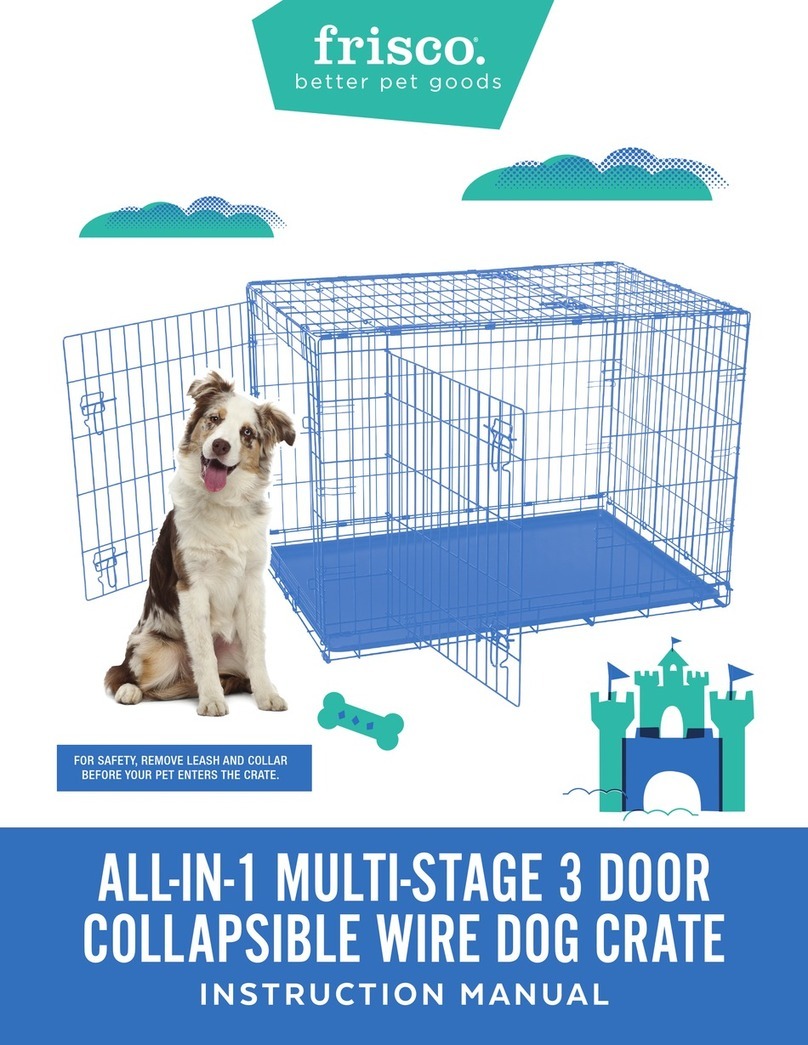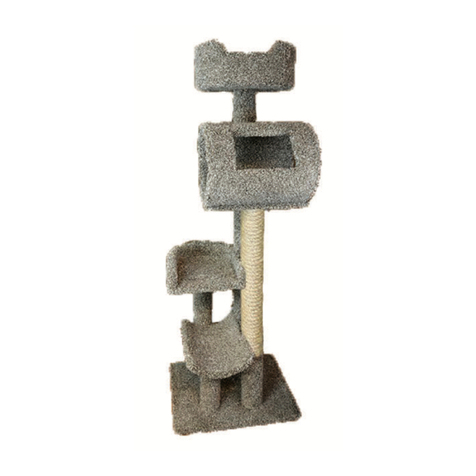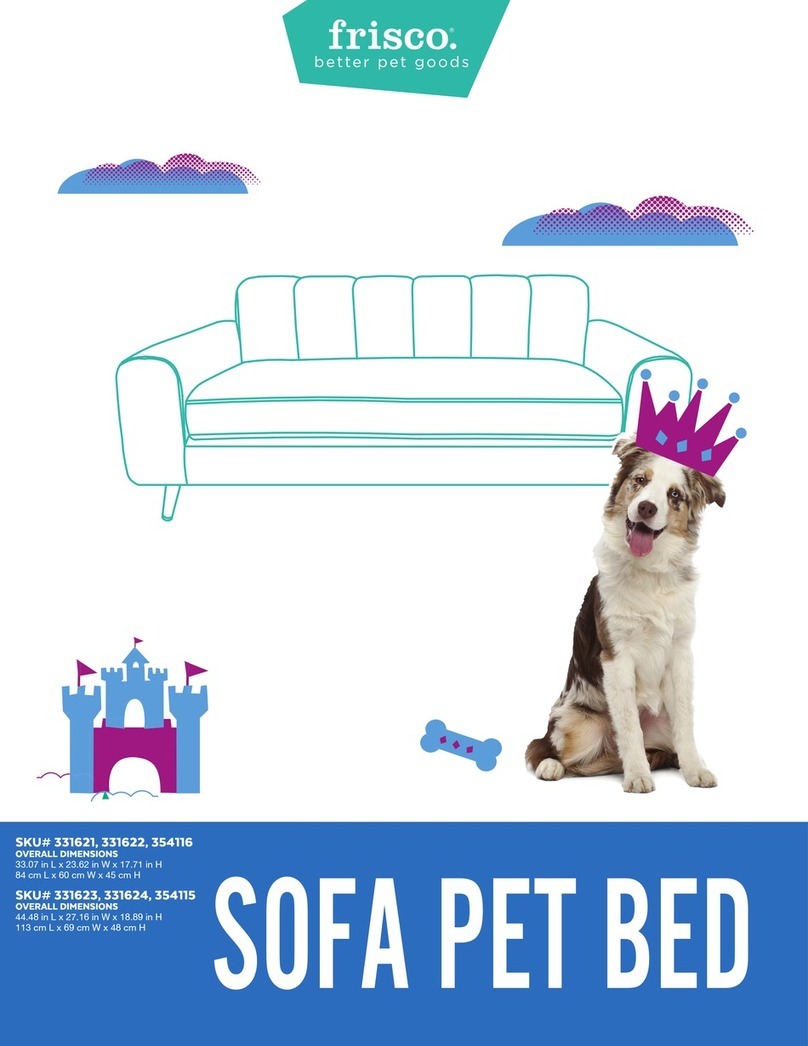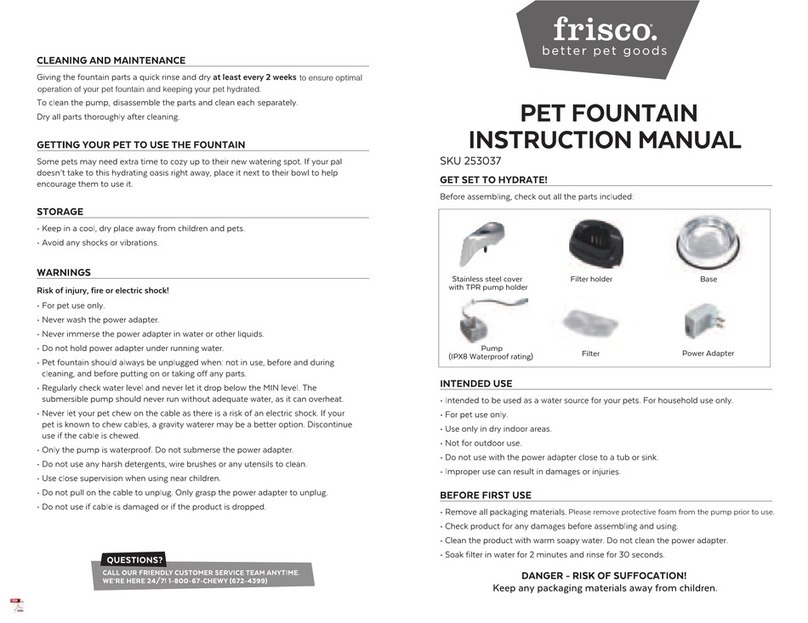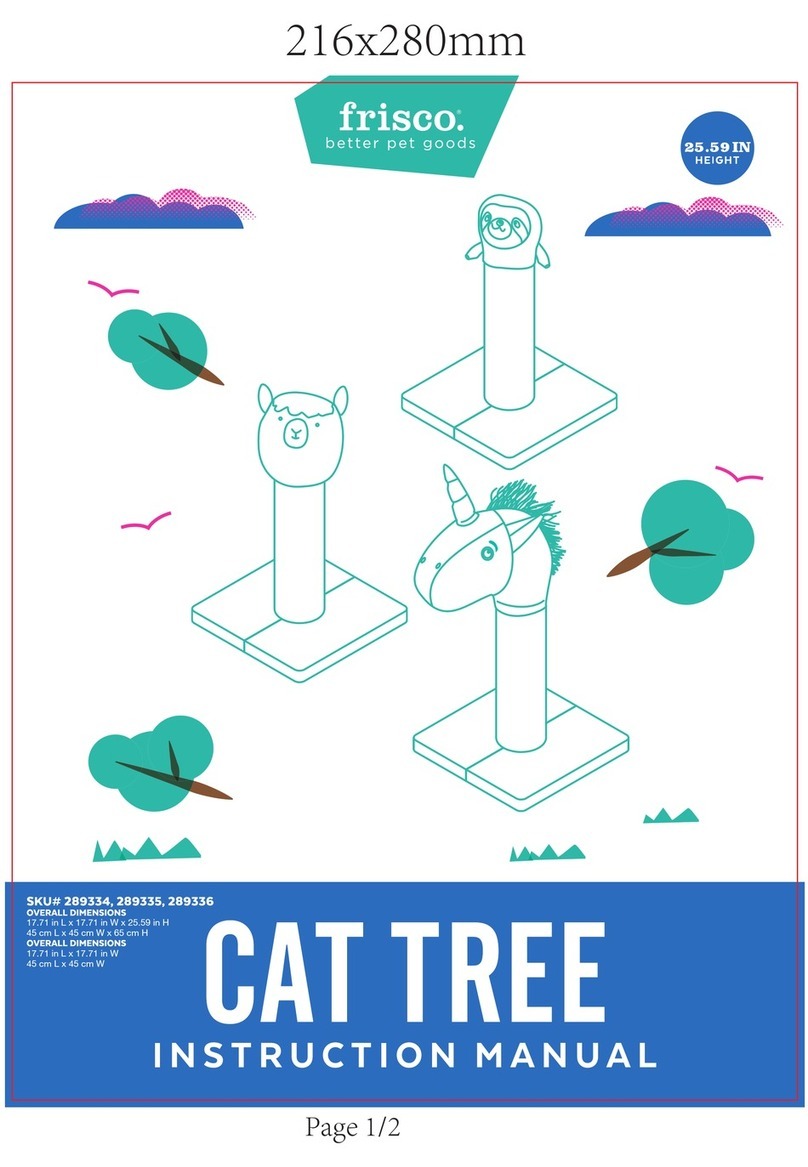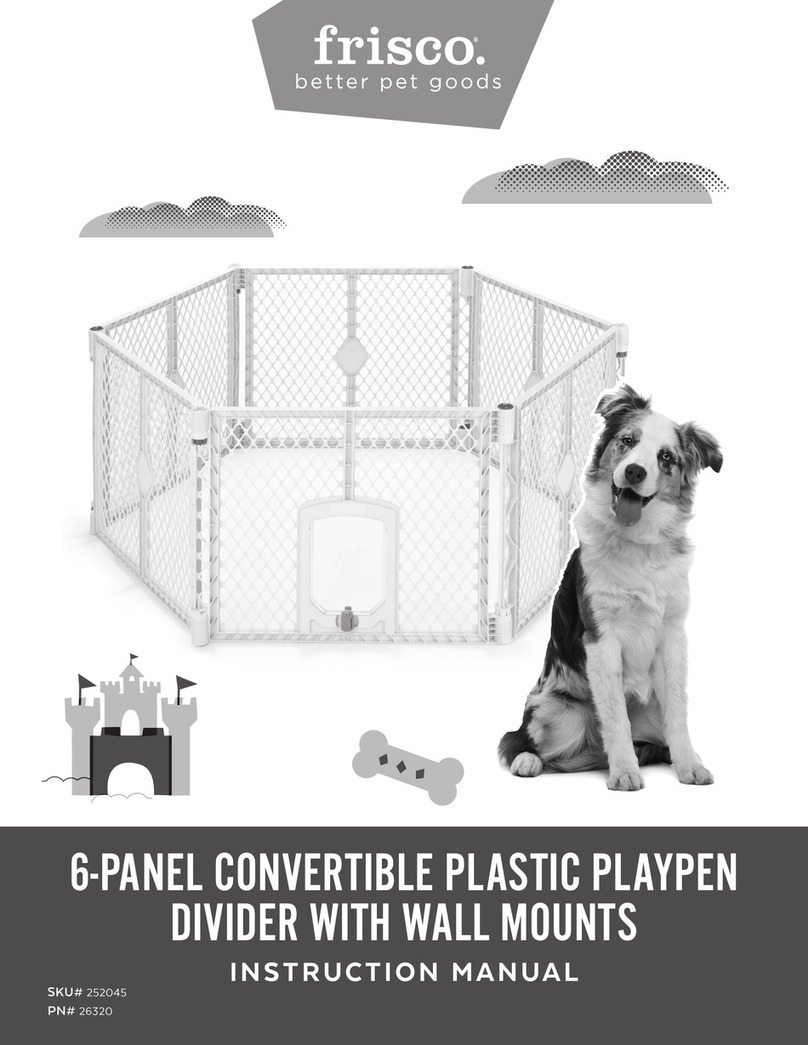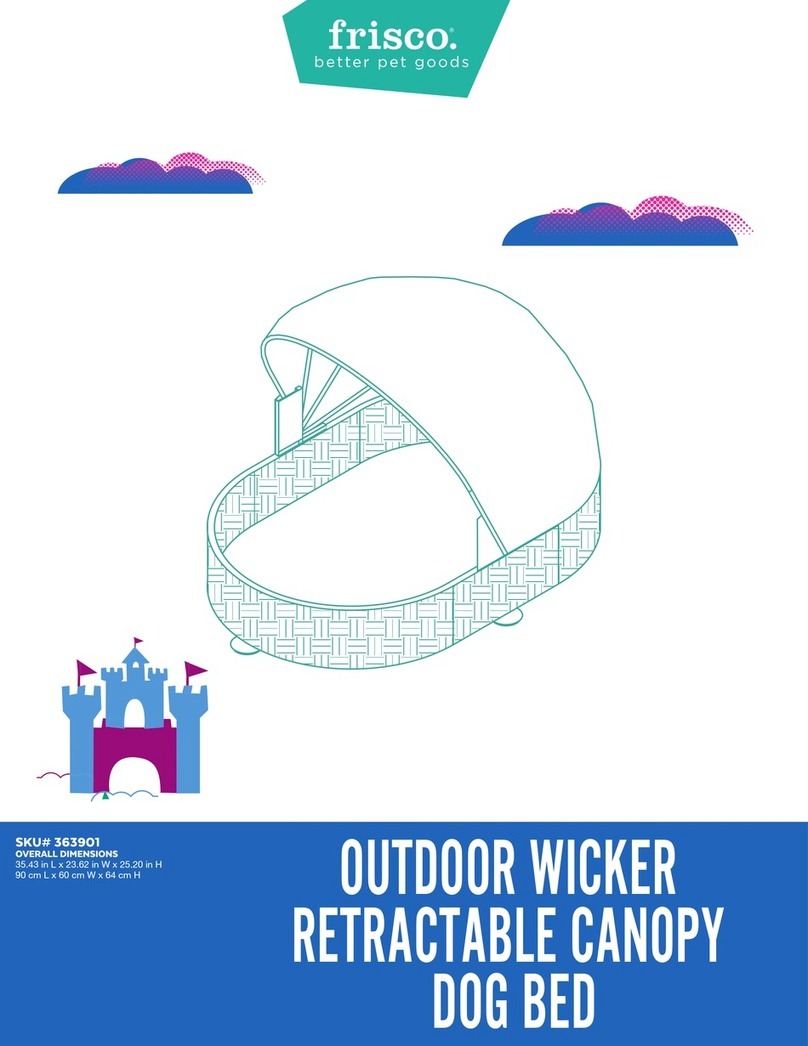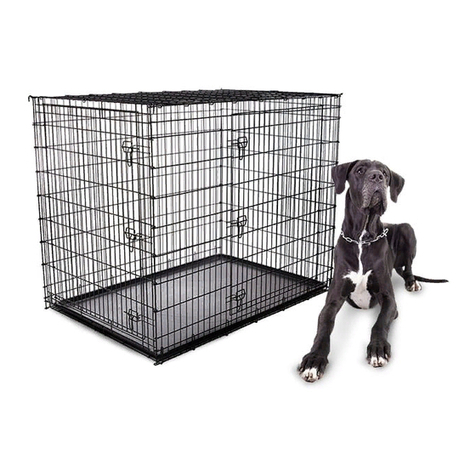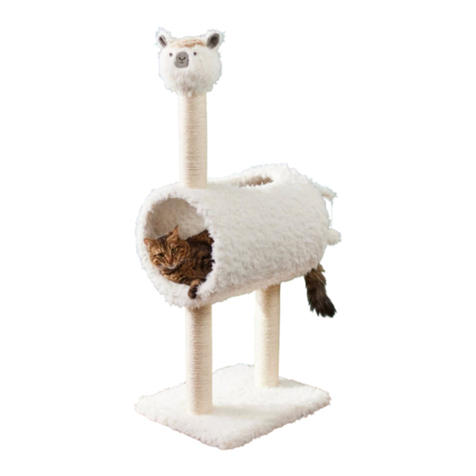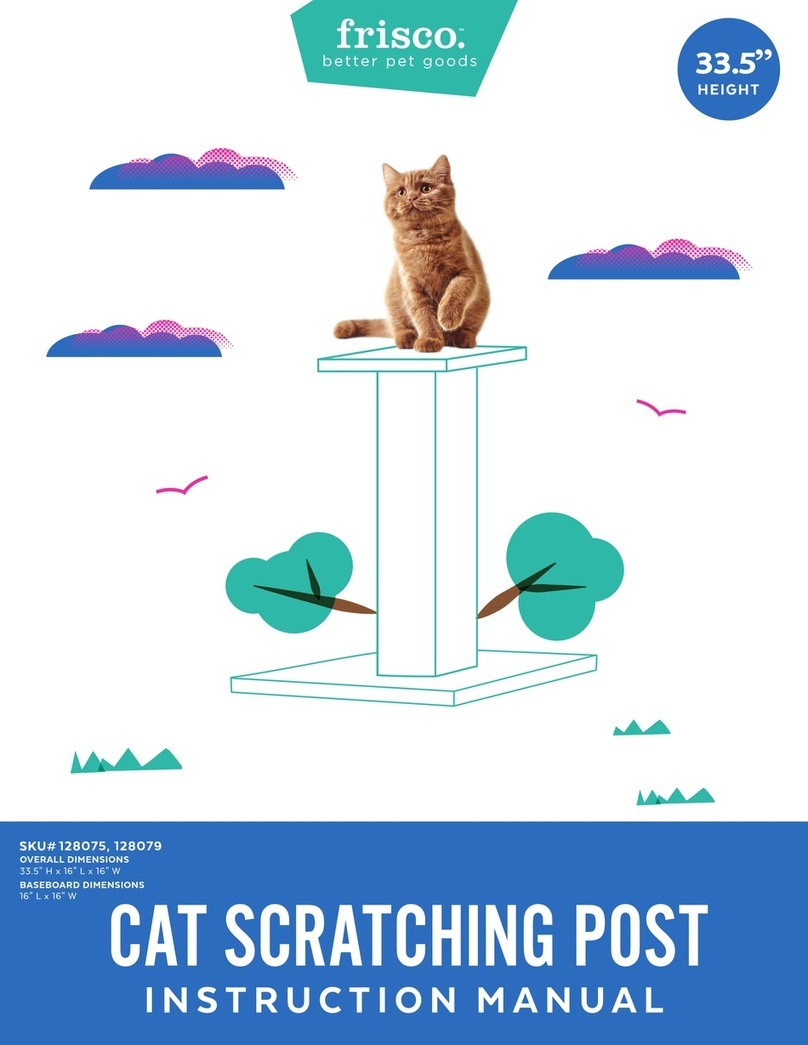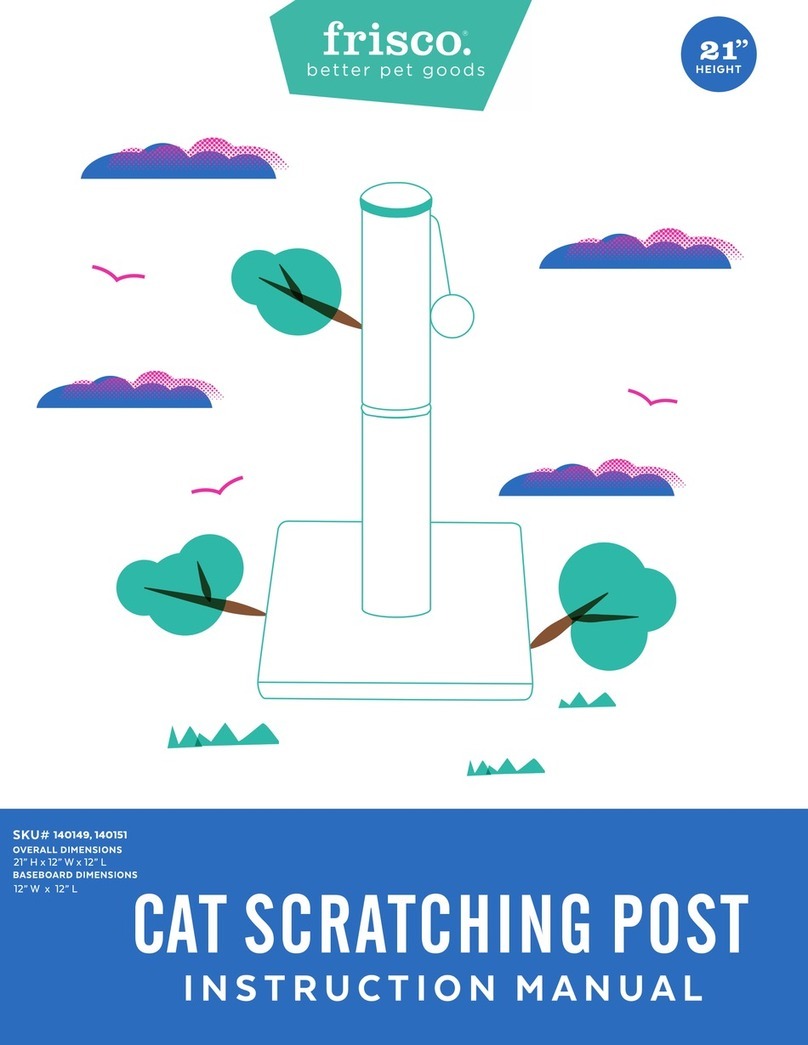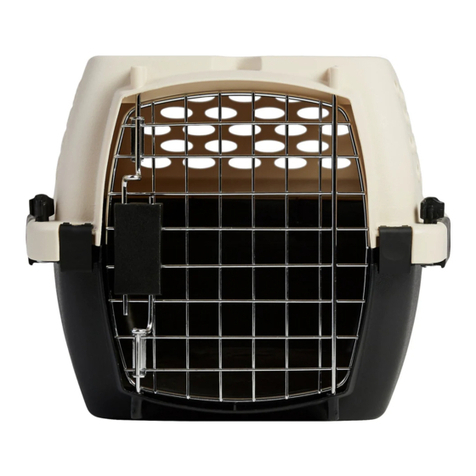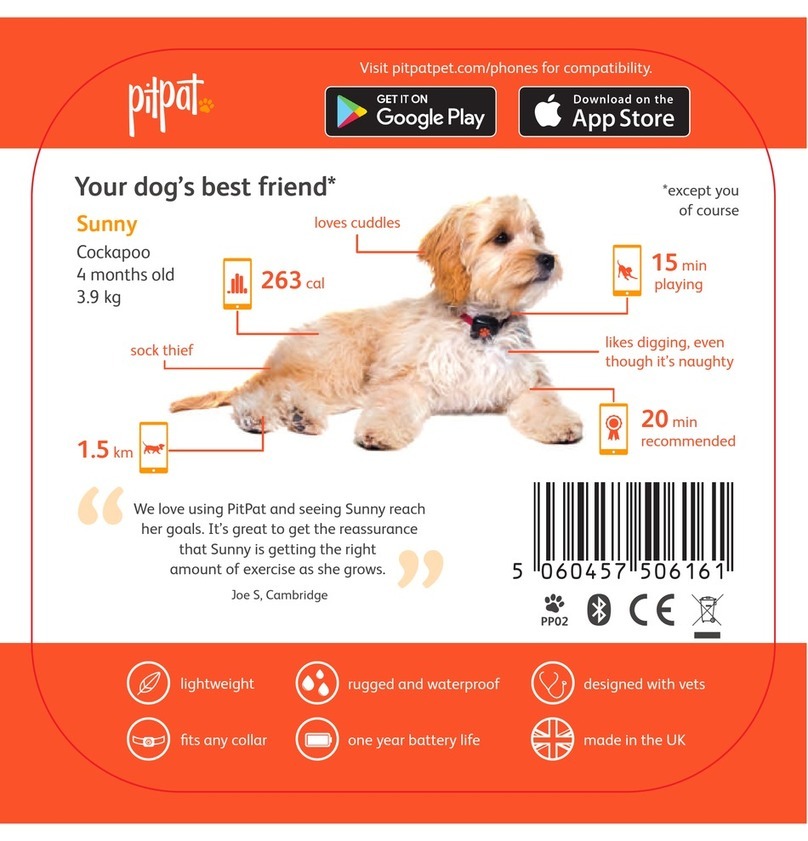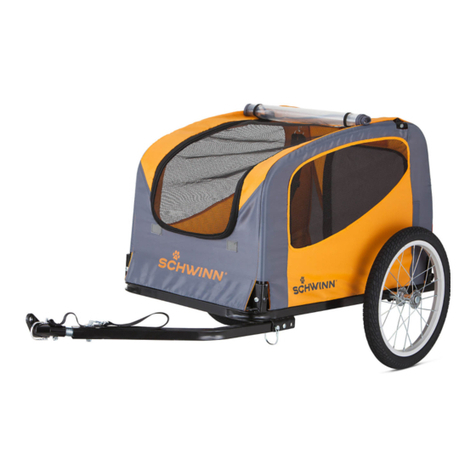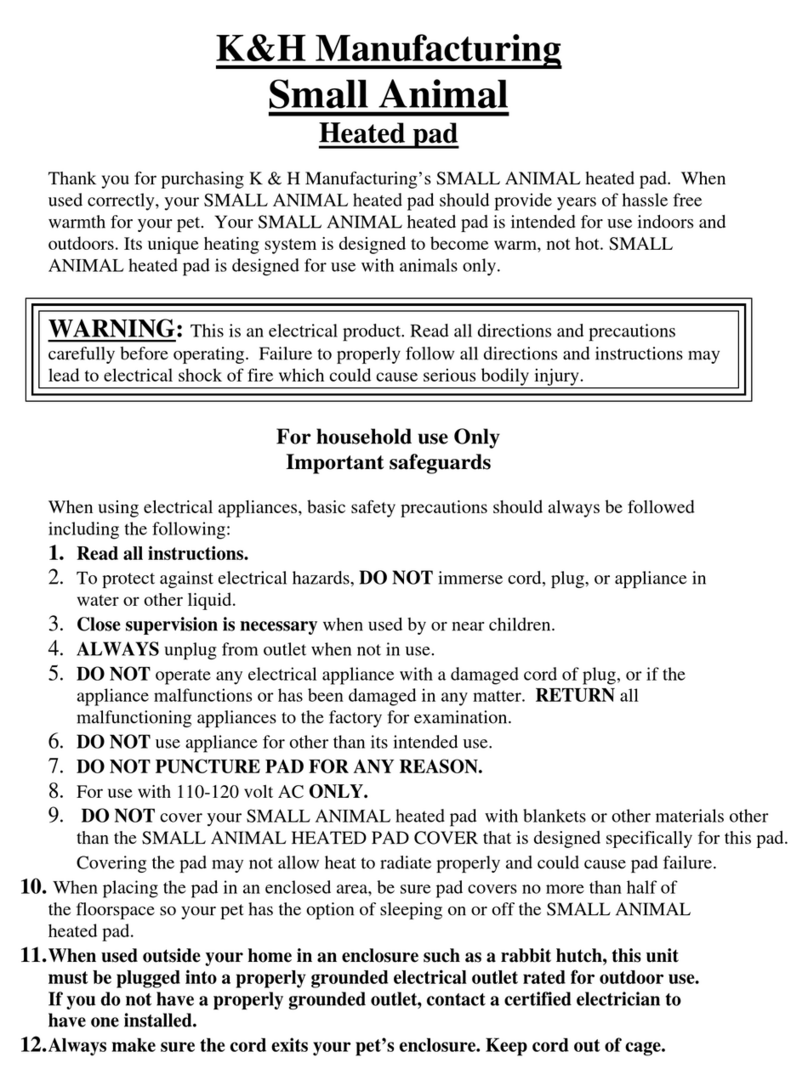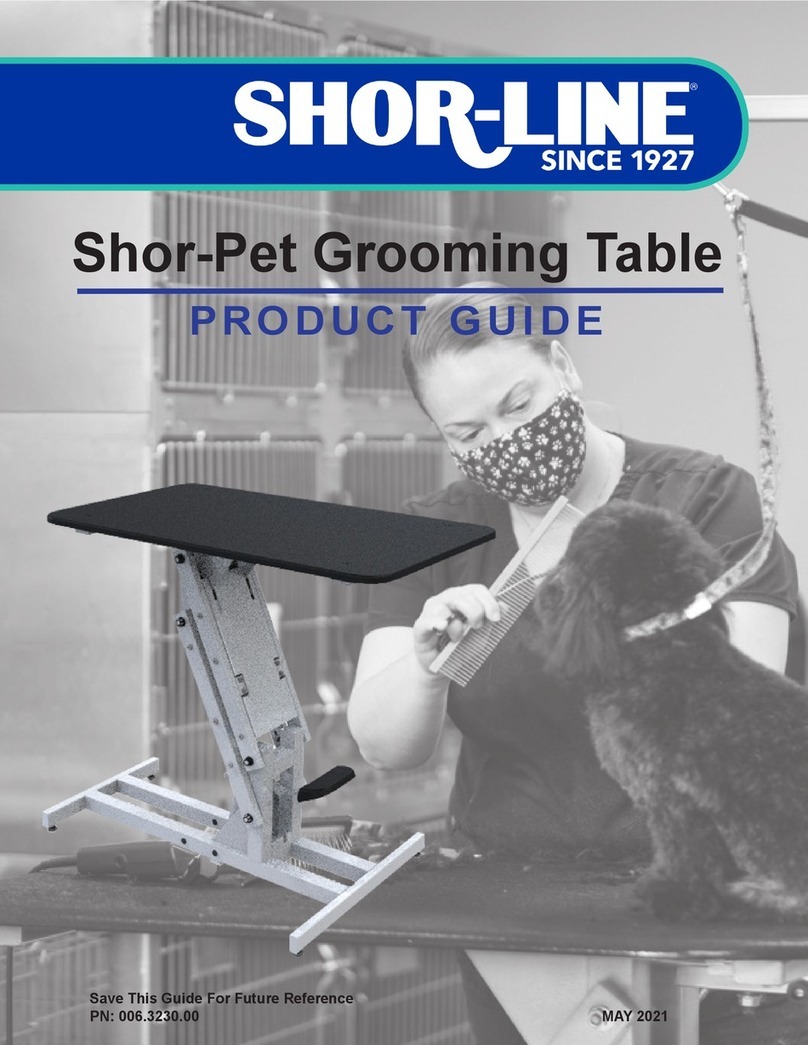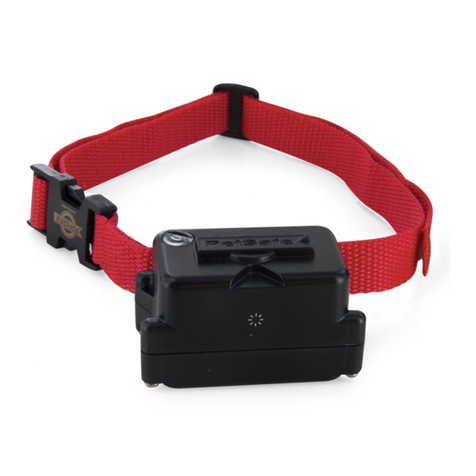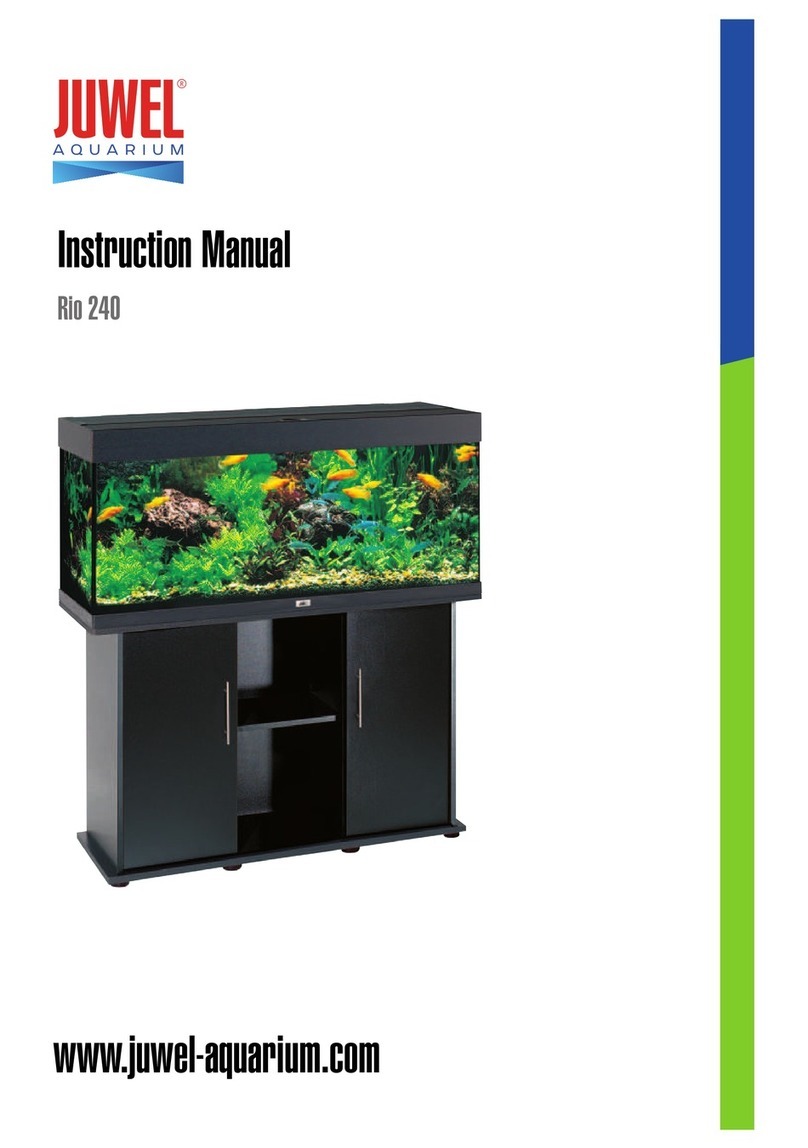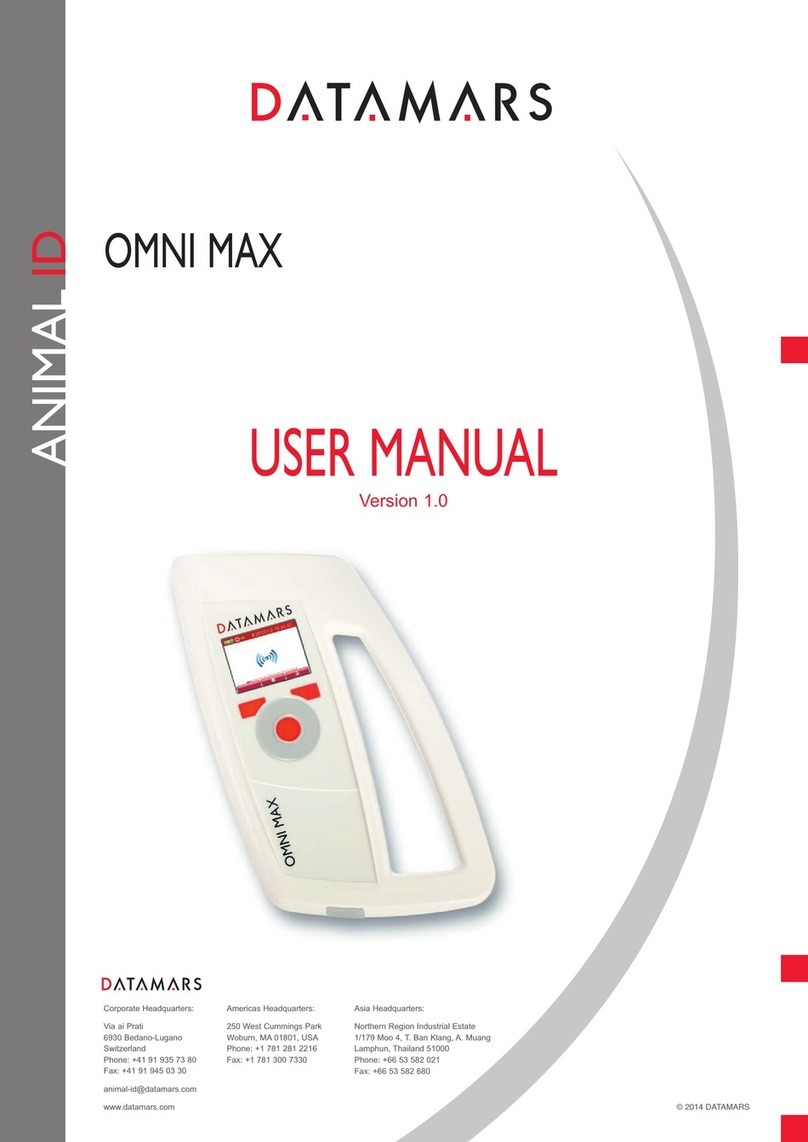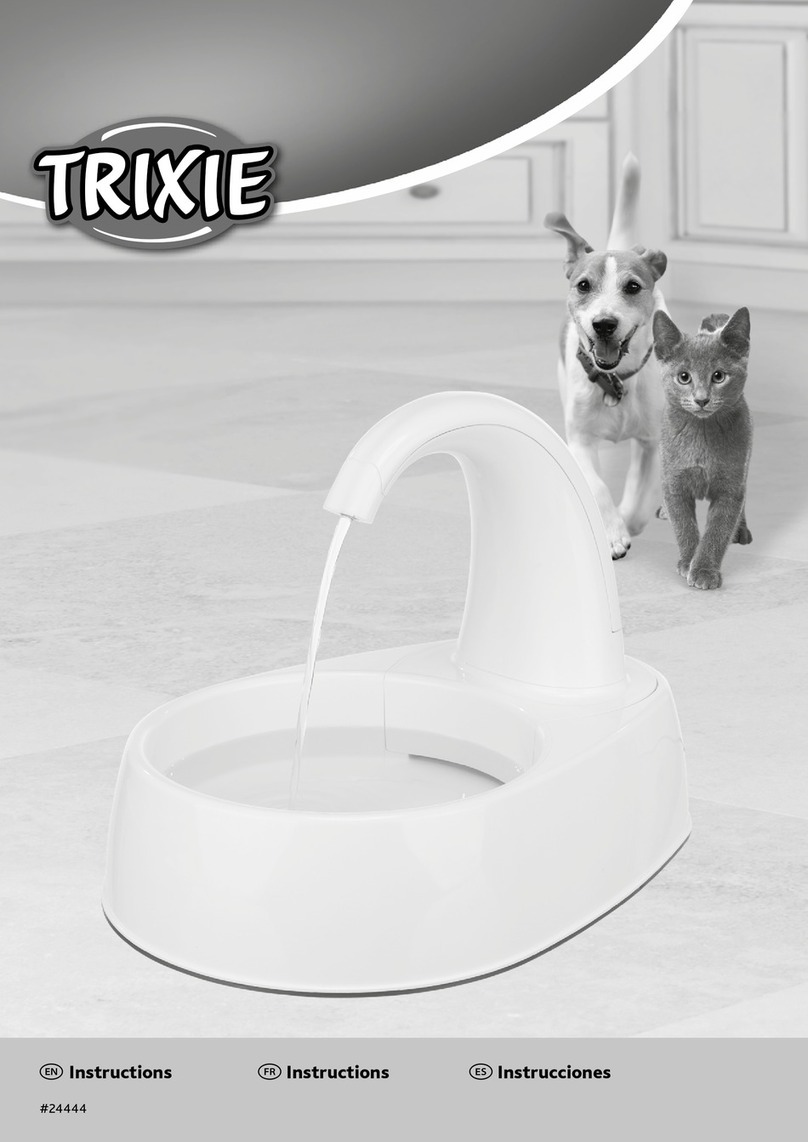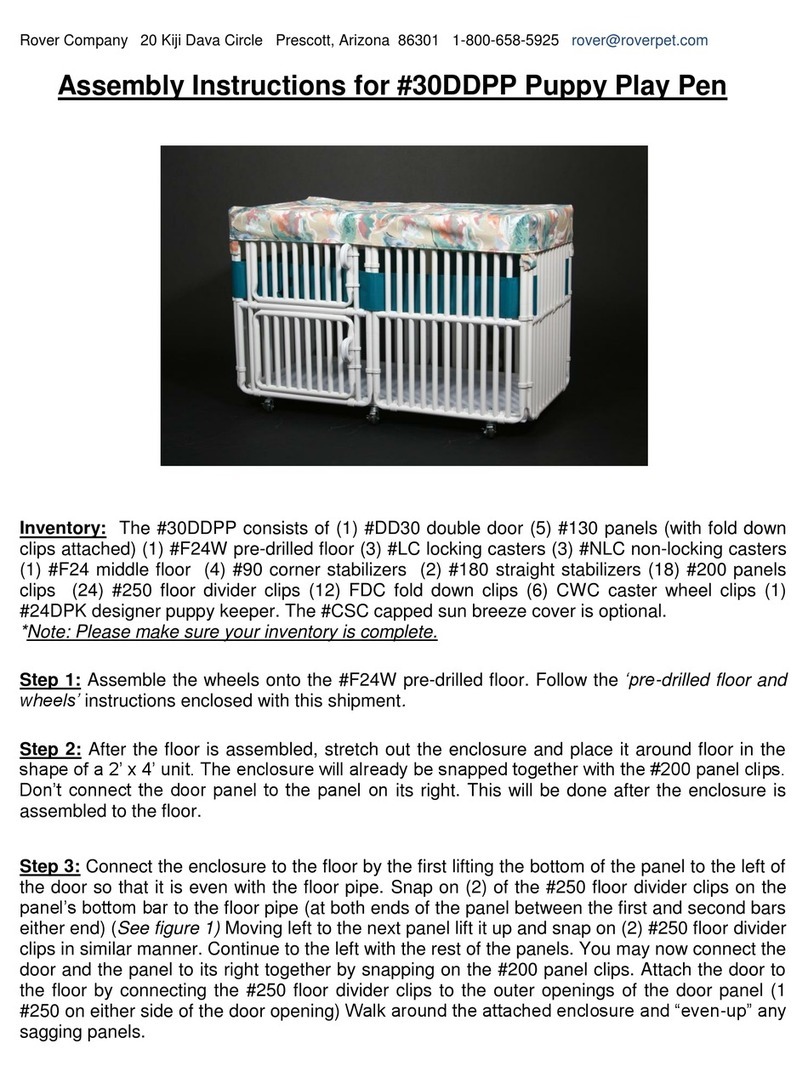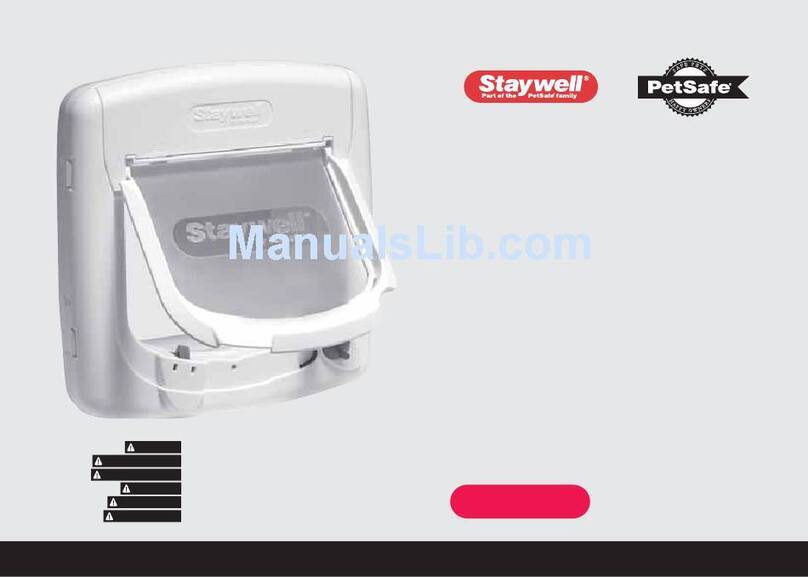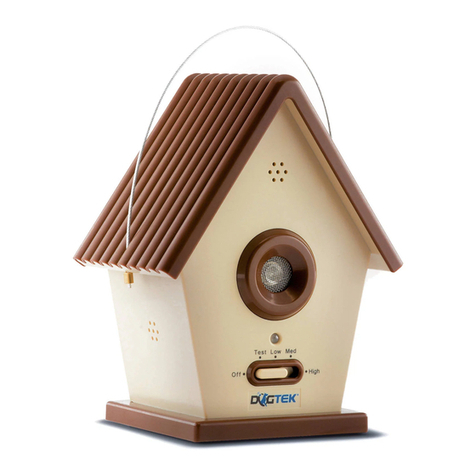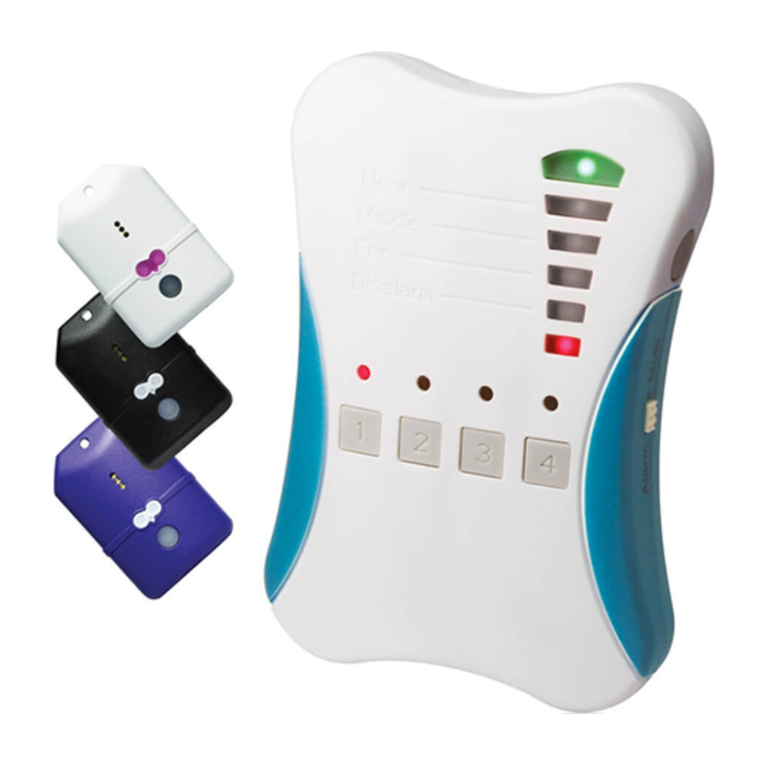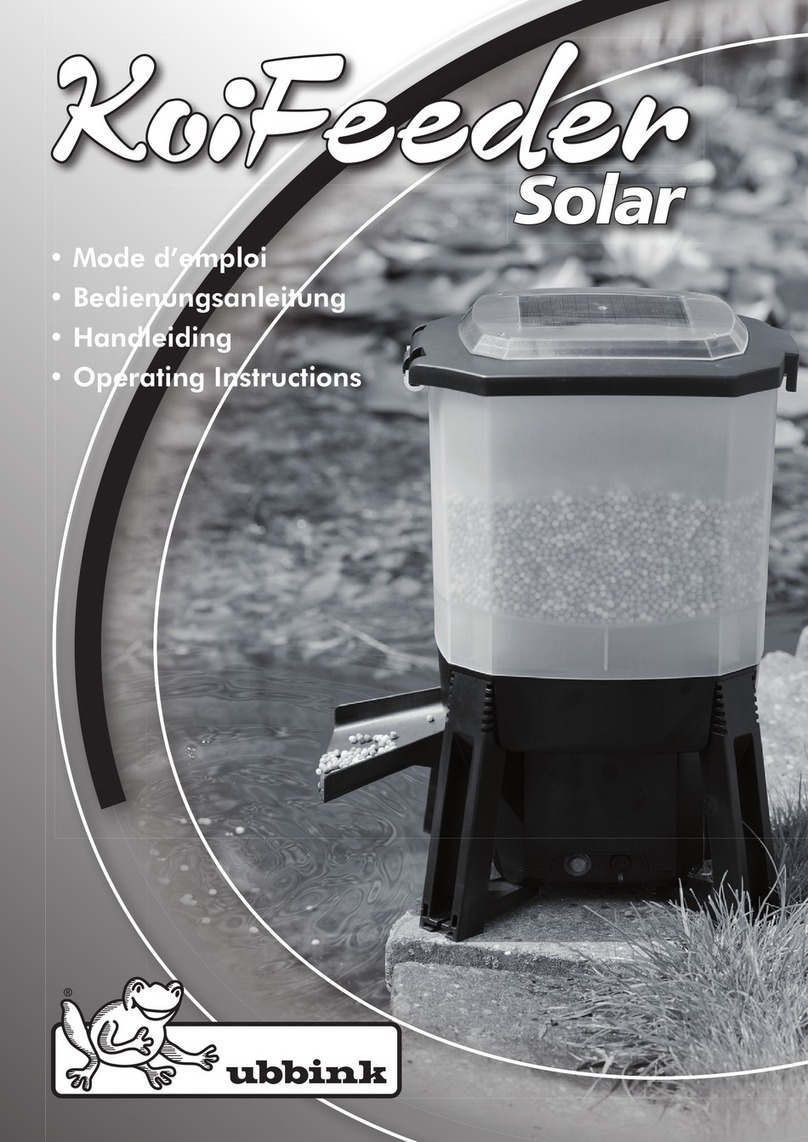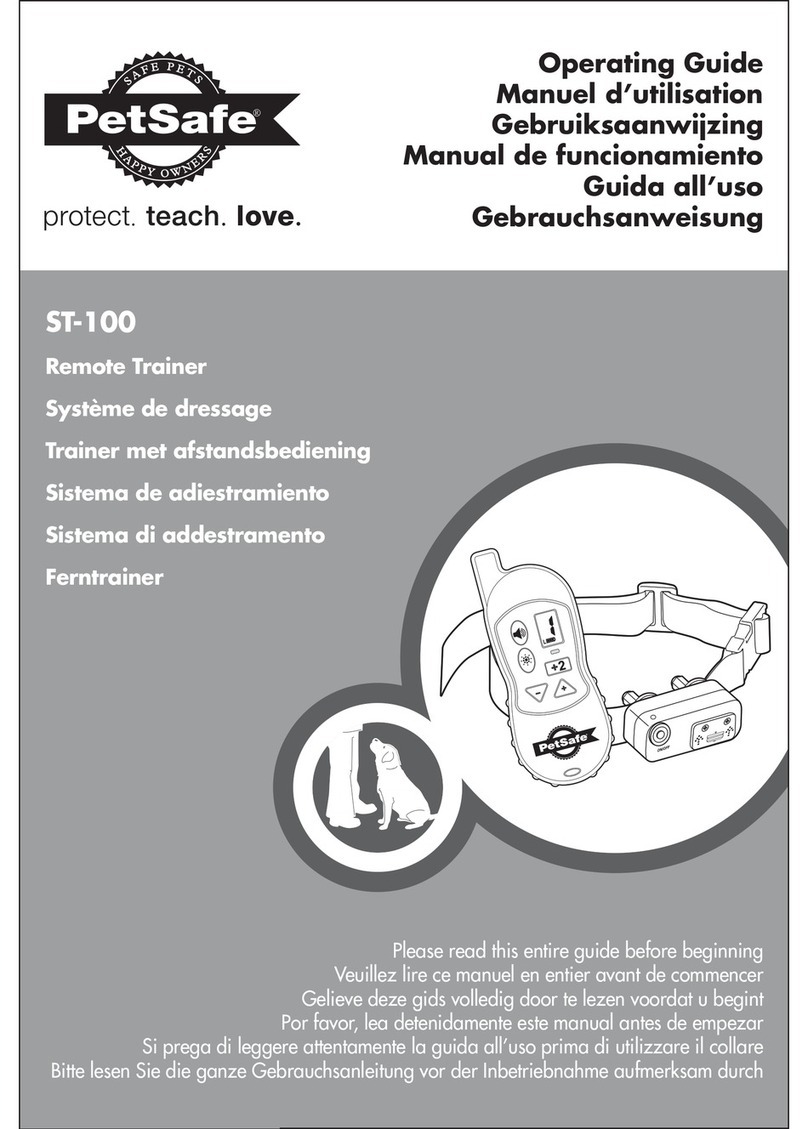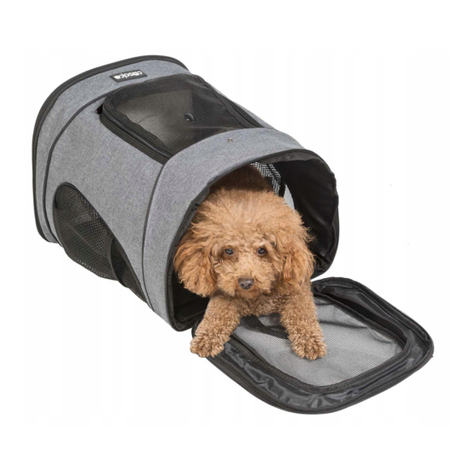
• To prevent choking and other serious injuries, always remove any collars, tags or
leashes from yourpet before placing him in his crate.
• Never transport yourpet in his crate. Pleaseuse a carrier specicallydesigned for the
purposes of pet transport.
• This crate is not designed to restrain aggressive breeds of dogs who may thrashand
launch themselves inside the crate. Consult your veterinarian for recommendations on
restrainingaggressive pets.
•Before your pet enters his crate, make sure that it’s secure. Double check that the
crate is properlyassembled and that all latches and hooks are secure before leaving
yourpet inside his crate.
•It’s nevera good idea to leave your pet inside his crate for too long. Remember, pets
need time to socialize, exercise and go potty! Consult your veterinarian or trainer to
determine the appropriate amount of time that your pet can safely and comfortably
be left in his crate.
• Always besure yourpet has enough food and waterbefore leaving him in his crate.
• Consult your veterinarian about whether it’s safe to leave food, toys or other items
in the crate with your particularpet. They all have uniquepersonalities and habits, so
what works for onemight not work for another.
• Never place multiplepets into one crate.
• Never use the crate without its plastic pan properly tted and secured, andbesure
not to place yourpet into a crate with a damaged pan.
•Please, never allow your children to play in, on, or around the crate. For pet useonly.
• We know how excited pets can get, but do besure to make sure his paws, snout, ears
or tail aren’t in the way of the door hinge orlatch. Ouch!
• Never place yourpet’s crate in direct sunlight orleave yourpet in a closed car on a hot
day. Serious heat stroke, death or otherinjury could result from an overheated pet.
• Do not store your crate outside orin a car. Extreme heat may cause the crate pan to
warp.
• While we are dedicated to providing the bestfor your pet, Chewy, Inc. is not
responsible for any loss, damage, discomfort, injury, illness, death or costs of any kind
as a result of or by use of this crate.
CRATE TRAINING TIPS
WARNINGS AND CAUTIONS
We care about the safety of your pet, soplease READ AND FOLLOW ALL INSTRUCTIONS before using a new crate. Improper
use may result in serious injury or even the death of your pet.
INTRODUCTION
Introduce your pet to his new home. Let him explore it rst – on his own time. Don’t force him or
rush the process. Remember, you want your pet to think of his crate as a positive, safe space of his
own, so let his natural curiosity lead. If he seems reluctant, entice him to explore by putting a few
treats and his favorite toy inside.
TIME
Acclimate him to it slowly. Once your pet is comfortable, get him used to the idea of staying in his
crate little by little. At rst, keep him inside the crate by sitting or standing in front of the open door
while talking soothingly. Do this for a short amount of time, then gradually increase it. Eventually,
close the door, leaving it closed for a short duration, increasing it gradually. Praise him and reward
him with treats each time. Remember, positive associations!
DENNING
Appeal to your pet’s instinct as a denning animal. Help him associate his crate with a den (or a
castle) of his own by creating the safe space where all his basic needs are met. And make it comfy
for him by placing a towel, bed or blanket at the bottom.
BATHROOM
Take him out for regular potty breaks. Wild animals don’t do their business in their dens. Reinforce
this natural instinct in your pet by taking him outside, away from his “castle” to do his business. And
do it regularly. Younger animals especially need to be let out more frequently.
POSITIVE ASSOCIATION
Never put your pet in his crate as punishment. That creates negative associations and will make him
reluctant to use it.
PROFESSIONALHELP
Always consult your veterinarian or trainer with specic questions for crate training your pet.
CALL OUR FRIENDLY CUSTOMER SERVICE TEAM ANYTIME.
WE’RE HERE 24/7!1-800-67-CHEWY (672-4399)
QUESTIONS?
For questions , please call 1-800-672-4399
